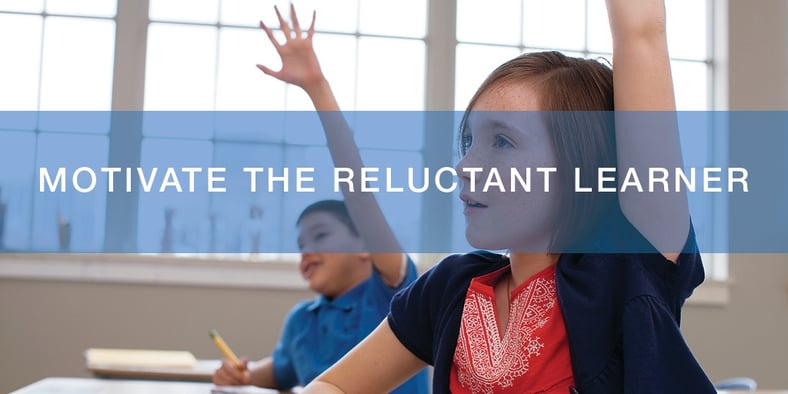
Some students are hard to motivate. The methods we typically use for motivatation—things that work with most students—don’t work with this group. This can be really frustrating for teachers who work with these students, as the behaviors often don’t “make sense” to those of us in education. Why would a student with plenty of opportunity to learn, and therefore advance their stake in life, not take that opportunity? It just doesn’t make sense.
Problems in the Past May Affect a Student’s Future
Recent research can help us to unlock part of this mystery. In Paul Tough’s work How Children Succeed, he outlines some reasons why these students seem to make decisions that are harmful to their future.
Part of what Tough unpacks in his research is why students react the way they do in a school setting. He describes research about ACEs, or Adverse Childhood Experiences. The higher number of these that students have, the more at risk they are for all sorts of things—including dropping out early, health conditions, and mental health issues.
This makes some logical sense. Students who are raised in a supportive environment are going to be easier to educate. But it is helpful to understand the “why” of this lack of motivation in order to do anything about it.
Fight or Flight
What researchers have found is that the stress on students’ developing brains actually hardwires them differently. This ends up giving the brain a harder time regulating the fight or flight reflex—so when stressful situations happen in school, the students are more likely to react poorly. Either by “fighting” with the teacher and creating conflict, or taking “flight” by missing school or checking out in the classroom.
We can help students who don’t react well to stress in a few ways. First, we can intervene by creating trusting relationships with students. When students have strong, trusting relationships with the adults in their school, the fight or flight response is not as severe or as quick. Students who know their teachers and feel connected with them are much more likely to graduate and not be suspended from school. Second, we can help support students by reducing the amount of stress involved in school situations. By using things like a daily “check in/check out” or conscious discipline techniques, teachers can turn misbehavior into learning moments. Finally, some schools have started to introduce mindfulness techniques to help students to alleviate and manage stress at school—and stress that ends up at school because of home issues.
Getting Through to Reluctant Students
So, what can teachers do to help connect with students and reduce stress? And how can technology assist with this?
Connecting With Students:
- Discussion Boards: One of the best ways to stay relevant with students is to meet them at their level. Teachers can use social media as a way to connect with students—and to connect students with one another. Doing this in a “controlled” environment, such as a discussion board, can help students to make positive connections with one another, which is sometimes hard on open social media formats. These discussion boards can be found on sites like Seesaw, or even through Google Classroom or Google Groups.
- Daily Check In: Another great way to connect as a classroom is by using a daily check in that all students do and share with the class. One teacher of mine uses Popplet each morning for students to post something about their day, weekend, or things they enjoy. This reinforces writing well, because the comments are “published” on the IWB. It also allows students to read about their classmates—and maybe learn something they didn’t know before.
Mindfulness:
- The Calm Initiative: This site is full of ideas for incorporating meditation into the classroom. After signing up, much of it is free. There are many great resources here for pre-K to high school students.
- GoNoodle: This is a great site for teachers of all ages to use in their classroom. It has quick brain break activities for getting energized and for calming down. The breathing exercises are perfect for calming students and helping them to focus.
These are some great resources, but does practicing breathing and meditation in the classroom really increase student motivation? The answer is actually yes. As students are able to engage in the content and learning at school, they will become more motivated. This is why some of our best “motivation tricks” don’t work on a certain demographic—it isn’t because our tricks are bad, it is because there are other, more important needs that are not being met for these students. By connecting with them and reducing their stress levels, students will be able to function better, and thereby become more motivated in the classroom.
Want to learn more tips and tricks for helping your students succeed? Be sure to subscribe to our Mimio Educator blog!



